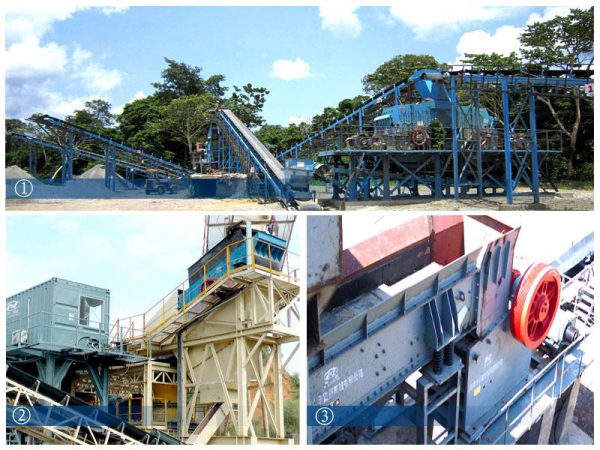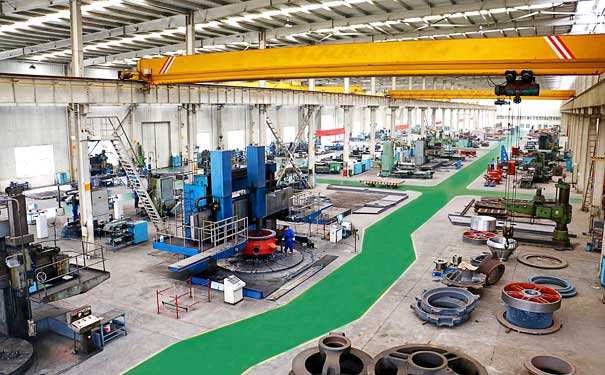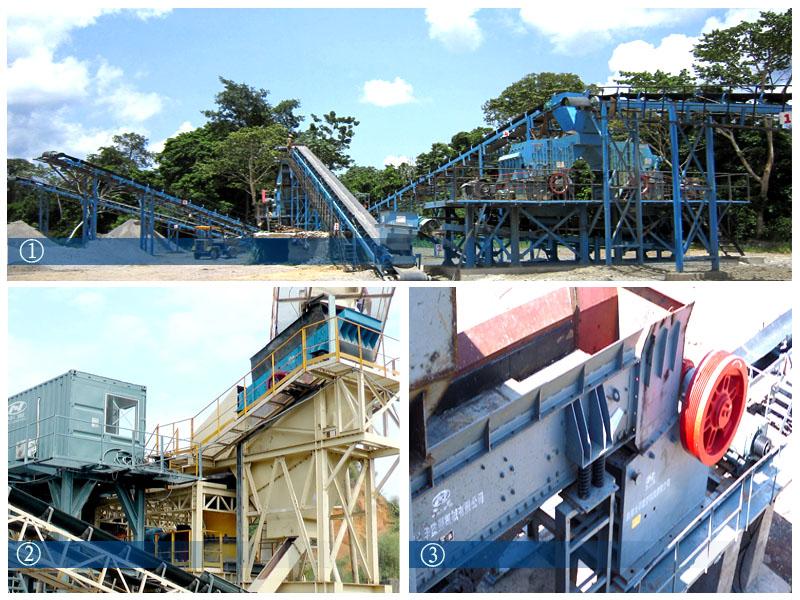Vibrating feeder, also called feeder, is auxiliary equipment in mine crushing production line. Its main function is to fill crushed materials for jaw crushers or cone crushers and other crushing equipment. It is used in crushing production lines with various capacities. It is more common. Below, we summarize the things that need to be paid attention to during the purchase and installation of the feeder as follows:

- When the electromagnetic bearings used by the feeder are used in areas with higher temperatures, the machine lubricant should be filled once a month to ensure the normal operation of the machine and reduce the wear and tear of the equipment. If it is in a non-high temperature area, the frequency of refilling can be reduced to once every two months.
- After installation, the feeder should maintain a swimming interval of at least 20mm, and the suspension device of the feeder should use a flexible connection.
- The feeder should be kept in a horizontal state during installation, so that the machine can be fed in a stable and even state during the future use. However, if the feed material is a material with large water content or a large viscosity, the angle of the vibrating screen should be tilted down by about 15 degrees during installation. When other materials need to be continuously fed, it can be installed down by 10 degrees.
- Before the no-load test run of the vibrating feeder, all bolts should be tightened once, especially the anchor bolts of the vibrating motor, which should be tightened again for 3-5 hours of continuous operation.
- During the operation of the vibrating feeder, check the amplitude, the current of the vibrating motor and the surface temperature of the motor. It is required that the amplitude is uniform before and after, without swinging from side to side, and the current of the vibrating motor is stable. If abnormal conditions are found, it should be shut down immediately.
- The lubrication of the vibrating motor bearing is the key to the normal operation of the entire vibrating feeder. Grease should be added to the bearing regularly during use, once every two months, and once a month in high temperature seasons, every six months disassemble and repair the motor once and replace the internal bearings.

In the daily use process, because the operating environment of the feeder is relatively poor, if the machine is not used and maintained correctly, it is easy to damage or even destroy the feeder. Moreover, the price of a machine is very high. In order not only to allow the feeder to work stably for a long time, but also to ensure the high quality and high quantity of daily transportation work, we must pay special attention to the following when using the feeder point matters.
Timely dust removal
Since the feeder generally conveys materials in block, granular or powder form, and most of them are relatively dry, it is easy to dust during transportation, and excessive accumulation of dust particles may cause belt jams. Therefore, technicians must regularly clean the inside and outside of the feeder conveyor belt and the dust and debris inside the feeder in time to ensure the smooth operation of the belt.
Refuel regularly
There is a decelerating part that plays a key role in the feeder. This part is sealed in the equipment. Its normal operation requires regular lubricating oil. Generally, pure mechanical grease is added. One thing to pay special attention to is that lubricants with impurities must not be used in the feeder, because impure oil is very likely to cause serious wear of the reducer during operation.
Overhaul
The internal equipment of the feeder and its instruments are relatively sophisticated products. The user of the machine must regularly check whether these parts are in a relatively stable state, and the inspection and repair work of the instrument is more demanding. If any abnormal phenomenon is found in the machine, it must be repaired in time to avoid work errors caused by the abnormal operation of the machine.
The professional feeder does save us a lot of manpower and time, but if you want to make better use of the feeder, extend its service life and ensure the accuracy of operation, you must understand the first-class feeder. It also requires proper operation and diligent maintenance. The above are some precautions when using the feeder. These requirements seem very simple, but its importance and necessity should not be underestimated.

